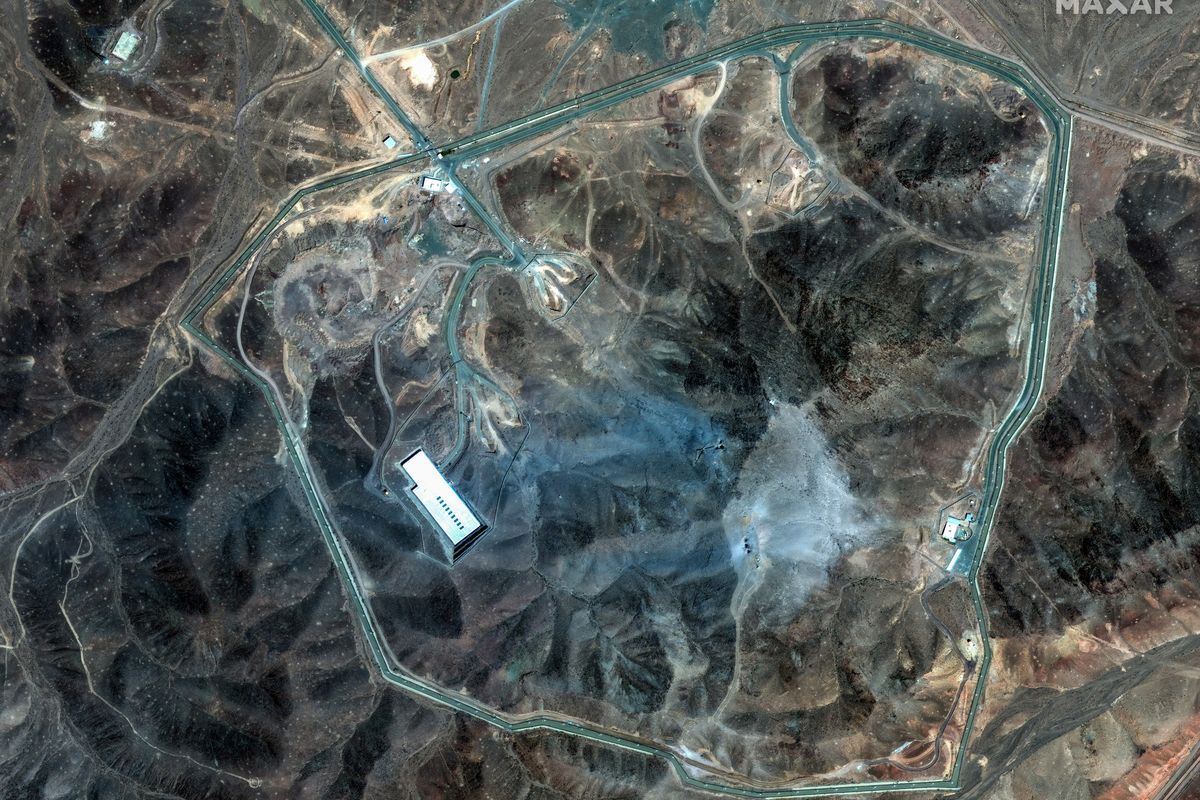Seemingly a typical teen living in the Virginia suburbs of the nation’s capital, Ali Shukri Amin, 17, led a different life online as curator of a pro-ISIS twitter account. Last week, Amin pled guilty in federal court to providing material support to ISIS.
This case, and others like the shootout in Dallas or the Charlie Hebdo attack in Paris, demonstrate the changing threat of terrorism. Large-scale, organized terrorist plots - in most instances planned abroad – are now further complicated by those conceived by individuals who may have never left the U.S. or European countries, and have been inspired by extremist group ideologies, yet operate outside of an organized structure. It also demonstrates how social media platforms have become powerful propaganda and recruiting tools for groups like ISIS – essentially relying on social networking as opposed to operational networking. Their campaigns are sophisticated and prolific, and their messages resonate. But why? And how can we mitigate the threat?
There are many factors that indicate susceptibility to extremism, regardless of the ideology that motivates that extremism. Amin’s attorney, Joseph Flood, told the Washington Post that his actions “are a reflection of his deeply held religious beliefs, but also his immaturity, social isolation, and frustration.”
Those factors are not dissimilar to those present in Tamerlan and Dzhokhar Tsarnaev, the Boston Marathon bombers. Or in my friend, Christian Piccolini, a reformed neo-Nazi skinhead extremist who authored Romantic Violence: Memoirs of an American Skinhead and founded the non-profit, Life After Hate. For Christian, it was an older brother figure whose personal attention brought him to the movement. For the Tsarnaevs, radical ideology gave them an escape from a tumultuous home life and an identity they were searching for. For Amin, ISIS’s rhetoric online gave him a framework under which he could fit his anti-Assad views, according to his attorney.
The U.S. government has spent much time and energy trying to combat ISIS online. The State Department’s Center for Strategic Counterterrorism Communications uses a Twitter handle to counter ISIS propaganda. Before Amin was identified as the person behind the pro-ISIS account, he used his online identity to engage the State Department’s handle, mocking their tweets by identifying what he saw as hypocrisy in U.S. policy. In his case, the government’s efforts online may have only solidified his view, and the real-time back and forth likely amused his legions of pro-ISIS sympathizers and Twitter followers.
Effectively countering ISIS’s message online needs to be rooted in effective strategies to counter extremism offline.
The proliferation of the 'lone wolf' violent extremist threat eclipses the federal government’s ability to keep tabs on everyone who may pose a danger of ideologically motivated violence. Yes, more can always be done in terms of equipping state and local law enforcement with the tools to recognize the behaviors and indicators of violent extremism, but the approach cannot rely on law enforcement or arrests alone.
Communities themselves have an important role to play. Law enforcement must cultivate and encourage partnerships with those best positioned to recognize the signs that someone may be vulnerable to extremist rhetoric or on a path toward violence. Those critical community members may be educators or health care providers or faith leaders or families. We must create an environment where communities are empowered to recognize the signs and are partners in creating successful intervention strategies – including those that may not culminate in an arrest.
Countering groups like ISIS won’t, and shouldn’t, occur 140 characters at a time. It’s going to take a village.
Matt Chandler is a partner at Frontier Solutions, a DC-based consulting firm focused on security-related issues, and previously served as deputy chief of staff at the U.S. Department of Homeland Security.












